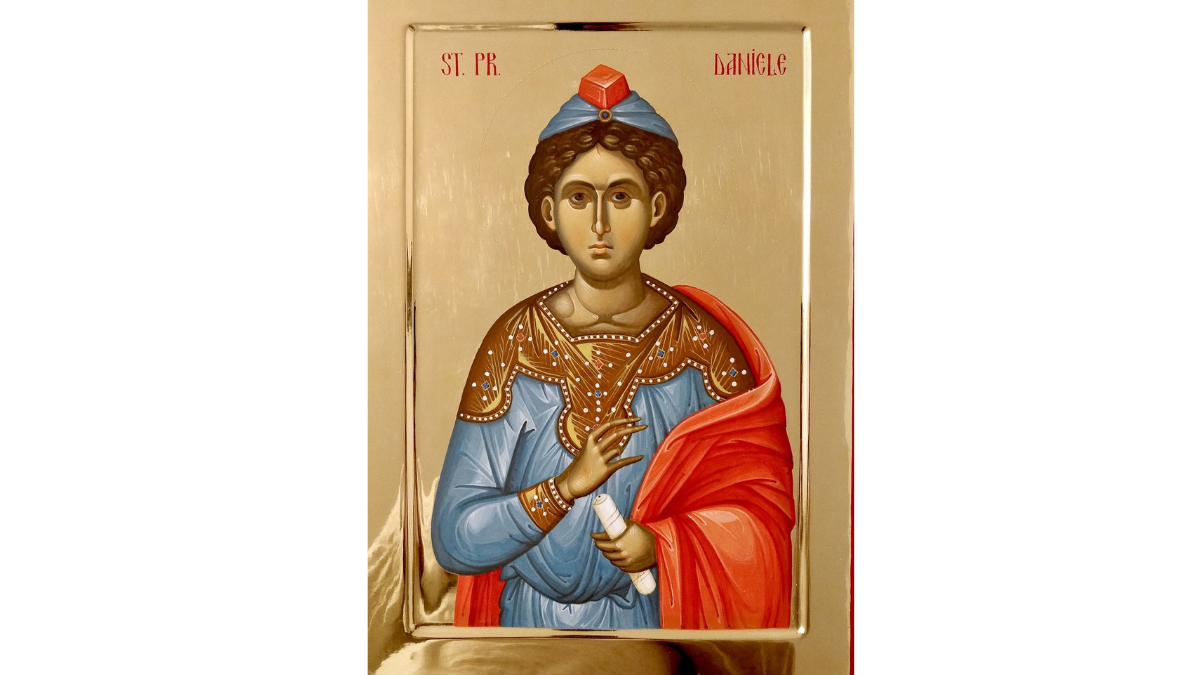Daily mass readings : Wednesday of the Eleventh Week in Ordinary Time
Reading 1 : 2 Kgs 2:1, 6-14
When the LORD was about to take Elijah up to heaven in a whirlwind,
he and Elisha were on their way from Gilgal.
Elijah said to Elisha, “Please stay here;
the LORD has sent me on to the Jordan.”
“As the LORD lives, and as you yourself live,
I will not leave you,” Elisha replied.
And so the two went on together.
Fifty of the guild prophets followed and
when the two stopped at the Jordan,
they stood facing them at a distance.
Elijah took his mantle, rolled it up
and struck the water, which divided,
and both crossed over on dry ground.
When they had crossed over, Elijah said to Elisha,
“Ask for whatever I may do for you, before I am taken from you.”
Elisha answered, “May I receive a double portion of your spirit.”
“You have asked something that is not easy,” Elijah replied.
“Still, if you see me taken up from you,
your wish will be granted; otherwise not.”
As they walked on conversing,
a flaming chariot and flaming horses came between them,
and Elijah went up to heaven in a whirlwind.
When Elisha saw it happen he cried out,
“My father! my father! Israel’s chariots and drivers!”
But when he could no longer see him,
Elisha gripped his own garment and tore it in two.
Then he picked up Elijah’s mantle that had fallen from him,
and went back and stood at the bank of the Jordan.
Wielding the mantle that had fallen from Elijah,
Elisha struck the water in his turn and said,
“Where is the LORD, the God of Elijah?”
When Elisha struck the water it divided and he crossed over.
Responsorial Psalm : Ps 31:20, 21, 24
R. (25) Let your hearts take comfort, all who hope in the Lord.
How great is the goodness, O LORD,
which you have in store for those who fear you,
And which, toward those who take refuge in you,
you show in the sight of the children of men.
R. Let your hearts take comfort, all who hope in the Lord.
You hide them in the shelter of your presence
from the plottings of men;
You screen them within your abode
from the strife of tongues.
R. Let your hearts take comfort, all who hope in the Lord.
Love the LORD, all you his faithful ones!
The LORD keeps those who are constant,
but more than requites those who act proudly.
R. Let your hearts take comfort, all who hope in the Lord.
Alleluia : Jn 14:23
R. Alleluia, alleluia.
Whoever loves me will keep my word,
and my Father will love him
and we will come to him.
R. Alleluia, alleluia.
Gospel : Mt 6:1-6, 16-18
Jesus said to his disciples:
“Take care not to perform righteous deeds
in order that people may see them;
otherwise, you will have no recompense from your heavenly Father.
When you give alms, do not blow a trumpet before you,
as the hypocrites do in the synagogues and in the streets
to win the praise of others.
Amen, I say to you, they have received their reward.
But when you give alms,
do not let your left hand know what your right is doing,
so that your almsgiving may be secret.
And your Father who sees in secret will repay you.
“When you pray, do not be like the hypocrites,
who love to stand and pray in the synagogues and on street corners
so that others may see them.
Amen, I say to you, they have received their reward.
But when you pray, go to your inner room, close the door,
and pray to your Father in secret.
And your Father who sees in secret will repay you.
“When you fast, do not look gloomy like the hypocrites.
They neglect their appearance,
so that they may appear to others to be fasting.
Amen, I say to you, they have received their reward.
But when you fast, anoint your head and wash your face,
so that you may not appear to others to be fasting,
except to your Father who is hidden.
And your Father who sees what is hidden will repay you.”
Views: 7
